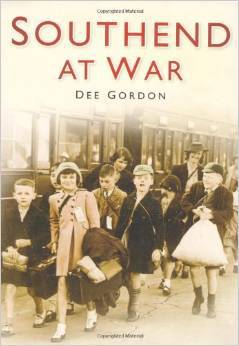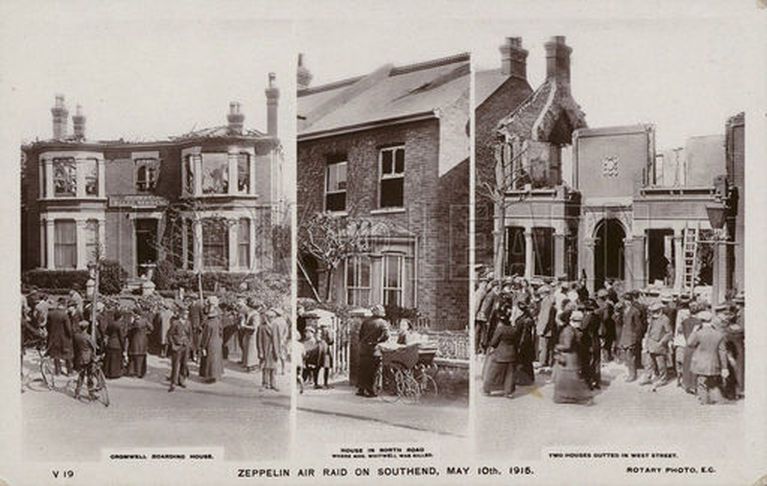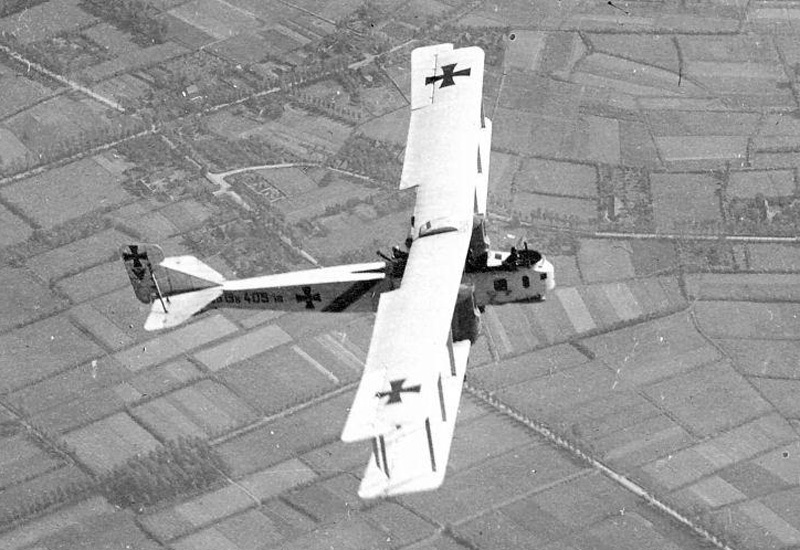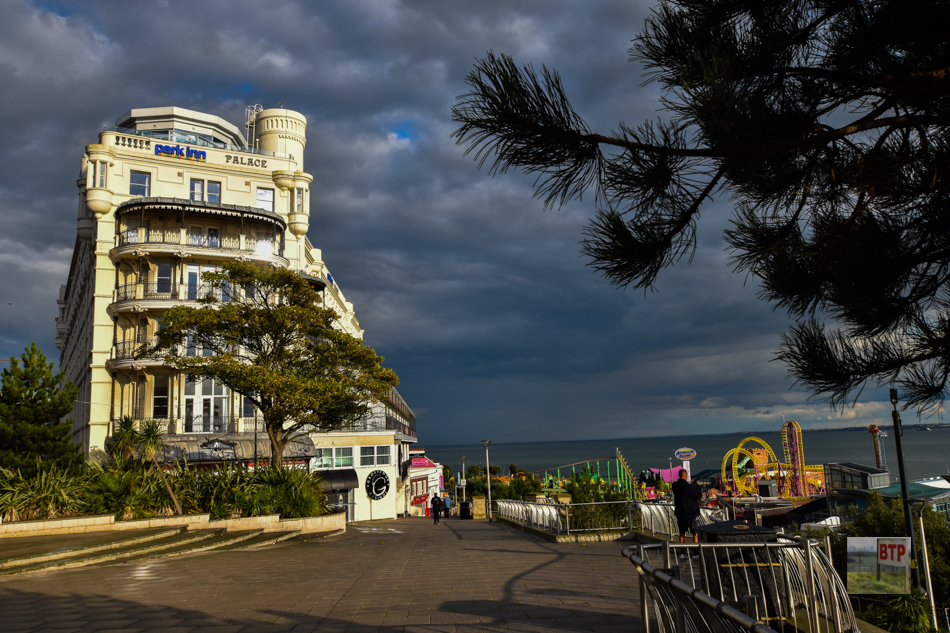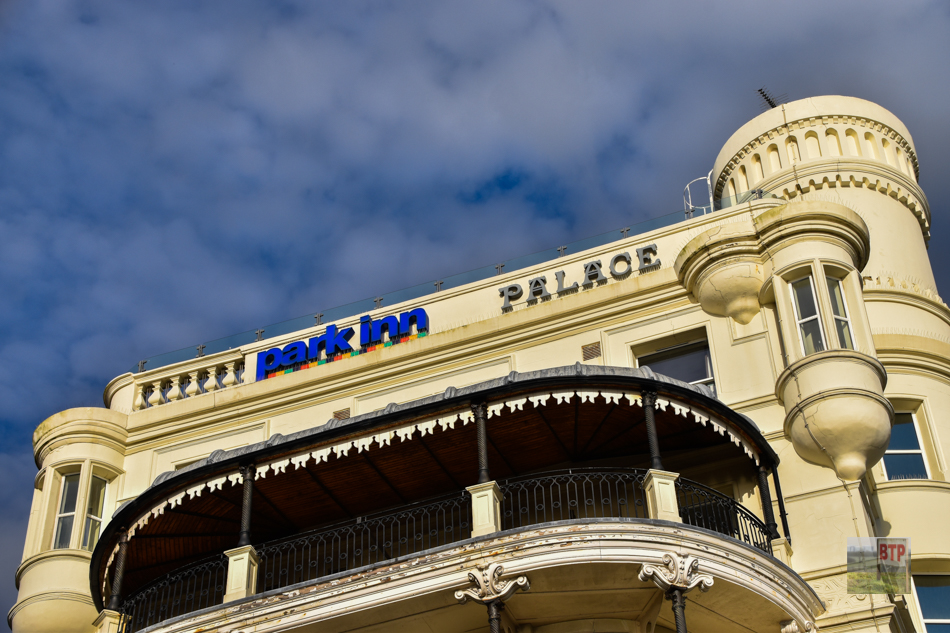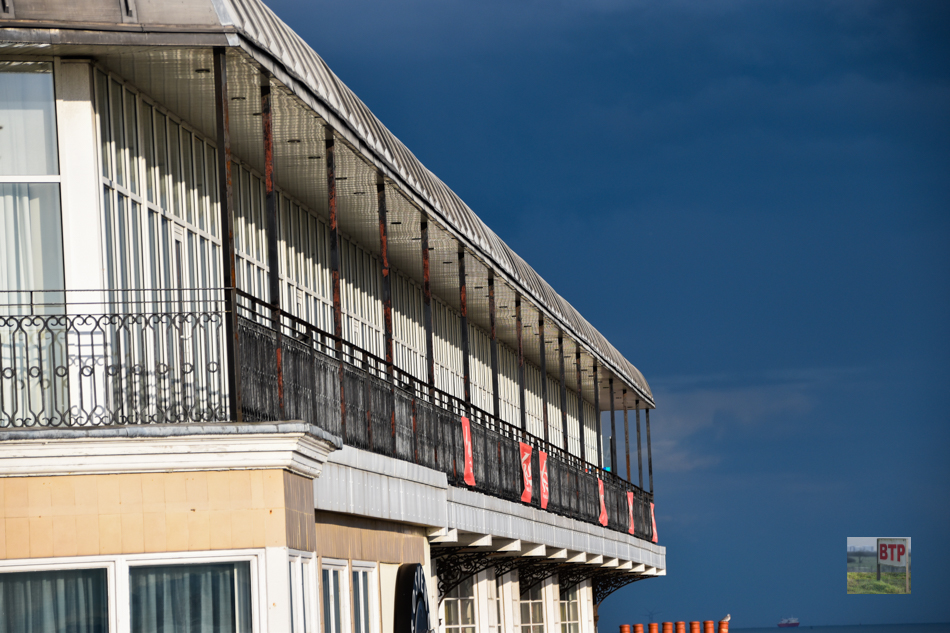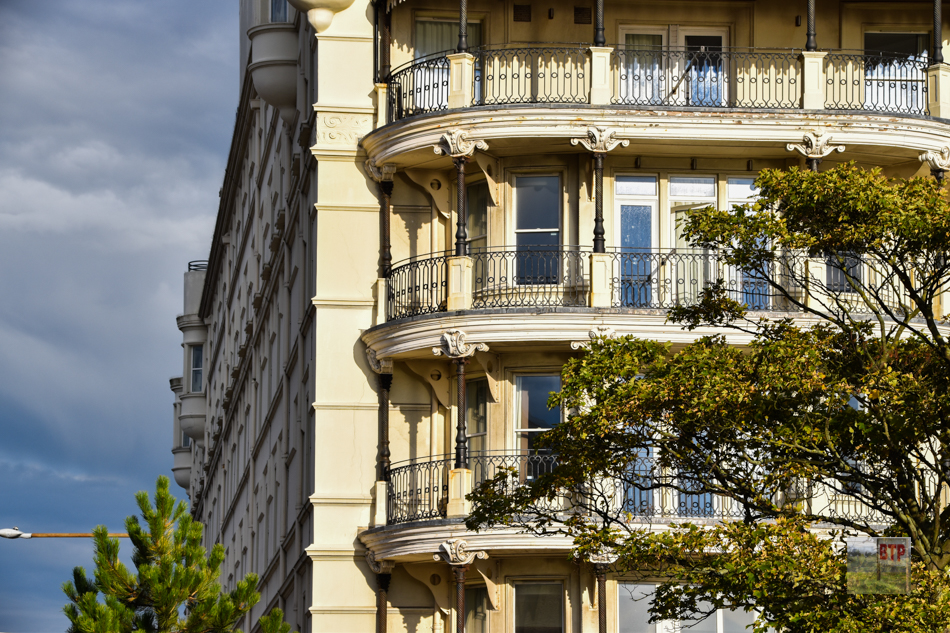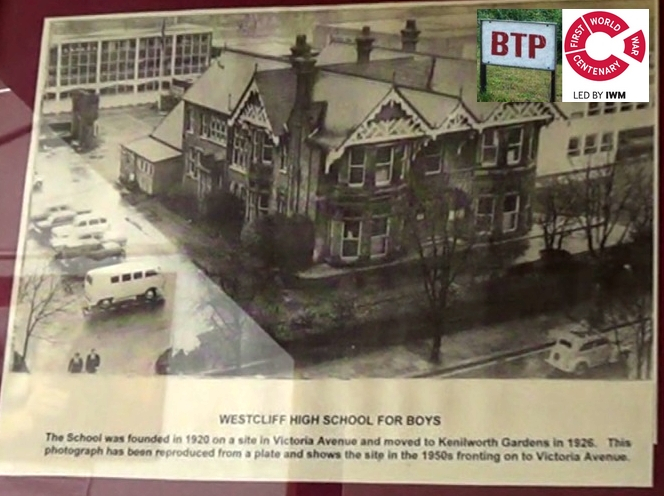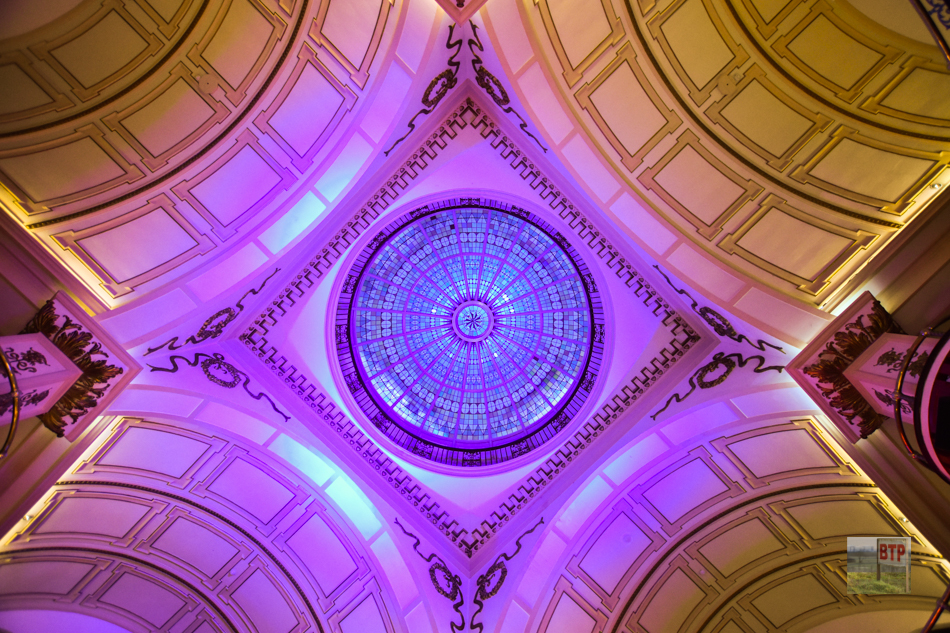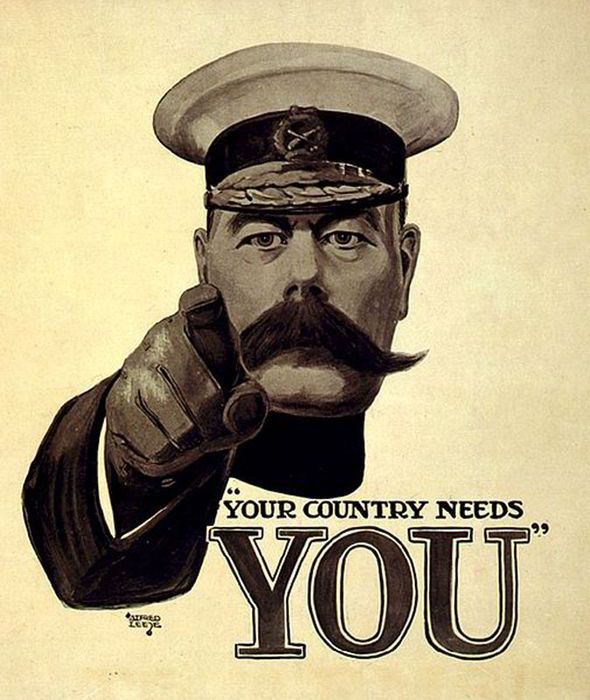Shortly before BTP Liam wrote this article, he began reading the book ‘Southend at War’ by the excellent local author Dee Gordon. Beyond the Point’s affiliation with the Imperial War Museum Centenary Partnership meant that it would be both appropriate and useful to create a short documentary on Southend in the First World War inspired by the first section of the book. As no real physical evidence exists of the damage done by the numerous bombings that Southend suffered, the 5-minute documentary focuses on familiar locations where destruction, and aid, occurred. Please note though, that this video from 2014 isn’t up to our current standards.
Did any kind of destruction occur on the home-front in the Great War to the degree of World War Two?
Indeed it did, but unlike during the Second World War and the Blitz, only some places were hit. Southend was one such place. The most notable affair concerning the Great War and Southend-on-Sea was that it saw 100 bombs dropped on it during air-raids from German Zeppelins on the 10th of May 1915. The first of these to find a target landed here in York Road, damaging a house that a soldier was billeted in at the time. Numerous houses along the London Road were hit also.
The Gotha bomber was a German bi-plane capable of longer-distance missions and greater accuracy than previous technology had allowed. Twenty of these hulks were spotted cruising to London on Sunday the 12th of August, 1917, when they unexpectedly made a bee line for Southend. In fifteen minutes, 40 bombs were dropped near the Southend Victoria railway station. Over forty innocent people were injured, and the fire brigade were called in not only to tackle the blaze, but to drag the blasted corpses from the scene as horrified civilians looked on.
What part did Southend play in the war effort?
The Palace Hotel was built in 1901 and served great use in the war effort. Messrs Tolhurst; the owners of the hotel, were generous enough to offer the building up for free as a naval hospital for the rest of the war. Its glorious five star interior would’ve been quite bizarre with hospital beds placed amongst its lounges and ballrooms. It held possibly the world’s first purpose-made x-ray department. It recently underwent refurbishment by Park Inn to bring it back to its former glory.
In the renown Victorian ‘Kursaal’ amusement centre, Lord Kitcheners’ famous ‘Your Country Needs You’ recruitment campaign enlisted over 1,000 men to be sent off to France. However, between August and November of 1914, 22 Southenders had been killed. Down Victoria Road, captured German officers were held in a prisoner of war camp set up in the building which would later become Westcliff Highschool for Boys in 1920. The school moved to its current site at Kenilworth Gardens in 1926.

